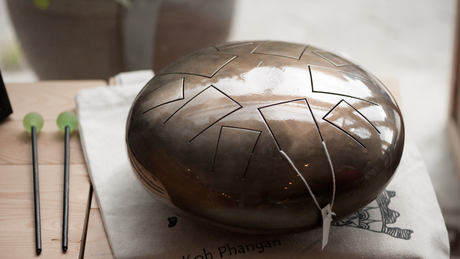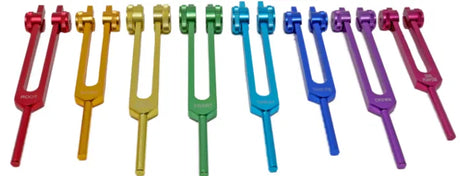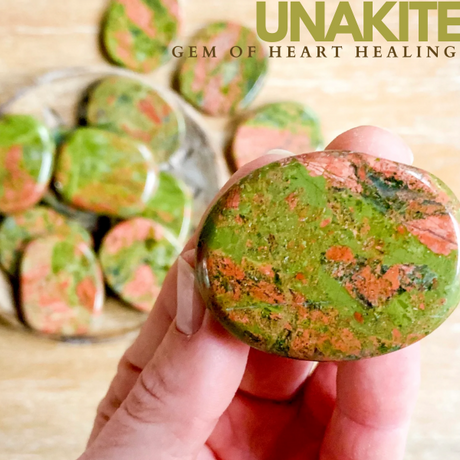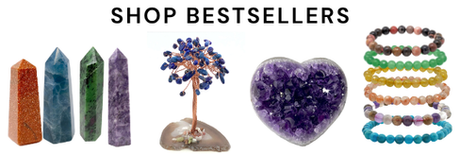Natural cubic pyrite is one of the most visually striking and scientifically fascinating mineral formations found in nature. Known for its sharp, metallic cubes that seem too perfect to be real, pyrite captures attention not only for its golden luster—earning it the nickname “fool’s gold”—but also for its unique crystallization. In this post, we’ll explore what makes cubic pyrite so special, how it forms, its metaphysical meaning, and why collectors and designers alike are drawn to it.

What Is Natural Cubic Pyrite?
Pyrite (FeS₂) is an iron sulfide mineral with a high metallic luster and a pale brass-yellow hue that closely resembles gold. Unlike many crystals that form in irregular or prismatic shapes, natural cubic pyrite forms in nearly perfect geometric cubes, often with smooth faces and sharp 90-degree angles. These formations occur naturally, without cutting or shaping, due to the way pyrite molecules bond in the isometric system—a crystal lattice that favors symmetrical, cube-like growth.

How Do Pyrite Cubes Form?
Cubic pyrite forms under high-temperature, low-oxygen conditions typically found in hydrothermal vents, sedimentary rocks, and certain metamorphic environments. Over time, the atoms arrange themselves into a crystal structure with minimal energy, and in pyrite’s case, that structure is cubic. Some of the most flawless natural cubes come from locations like Navajún, Spain, where entire clusters of interlocking pyrite cubes can be found embedded in the rock matrix.

Why Is It Called Fool’s Gold?
The nickname “fool’s gold” comes from pyrite’s deceptive resemblance to real gold. In the past, inexperienced prospectors would sometimes mistake the two, but pyrite is denser, more brittle, and lacks gold’s softness and value. Despite the name, pyrite has its own unique appeal—especially when it forms as natural cubes, which gold never does.

Metaphysical Meaning of Pyrite
In the metaphysical world, pyrite is associated with protection, confidence, and vitality. Its mirror-like surfaces are said to reflect negative energy, while its golden color is linked to abundance and manifestation. The cube shape adds an extra layer of symbolism: stability, groundedness, and structure. For crystal grid layouts, pyrite cubes are often placed at the center to anchor the energy and establish a strong foundation.
💡 Bonus: If you're interested in incorporating pyrite into your space, explore our hand-selected collection of natural cubic pyrite specimens—each one a perfect example of nature’s geometry.
Uses and Display Ideas
Natural cubic pyrite is prized by:
-
Mineral collectors, for its geometry and origin
-
Interior designers, for its bold, architectural look
-
Crystal healers, for its energy and symbolism
Display suggestions:
-
Place a single cube on a modern metal stand for a minimalist look
-
Arrange clusters on a black base to highlight the metallic sheen
-
Combine with quartz or calcite for contrast in a crystal collection
Final Thoughts
Natural cubic pyrite is a rare intersection of art and science—a mineral that showcases nature’s ability to produce perfect geometry. Whether you're drawn to its visual appeal, geological intrigue, or energetic qualities, pyrite cubes are far more than “fool’s gold.” They're a bold and beautiful reminder that nature doesn’t need a straightedge to create a straight line.












